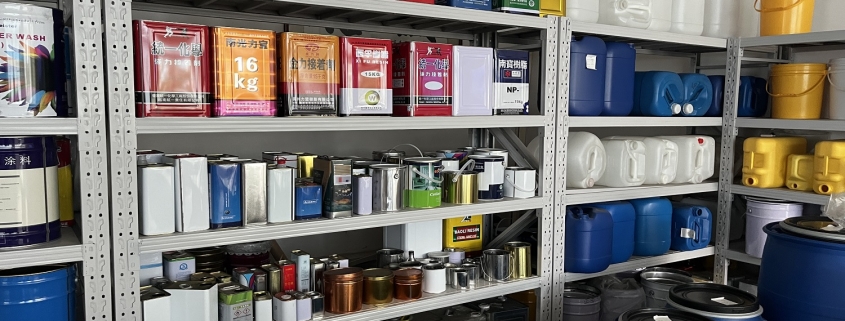Drying Oven Systems in Tinplate Printing: Structure, Functionality, and Optimization
Tinplate printing commonly adopts a continuous heating and drying method, with printing drying ovens typically spanning 24 to 27 meters, and coating solvent content being higher, the drying ovens are generally around 30 meters. These ovens consist mainly of the furnace body, transmission mechanism, heating device, and a heat circulation system.
Furnace Body
The furnace body typically incorporates a good thermal insulation layer, and materials with poor heat conductivity are usually chosen as fillers.
Transmission Mechanism
The drying oven conveyor chain employs a single-row chain with a pitch of 25.4mm, equipped with graphite rollers on the outer side. The oven usually features front-end linkage and is equipped with precise electromagnetic clutches to control synchronous operation and disengagement with the preceding machine.
The furnace frame is a critical part of the conveyor system, and the quality of its surface and the alloy composition are crucial factors determining the product’s quality, particularly in terms of avoiding scratches.
Heating Device
The heating device is determined by three parameters:
(1) The temperature set for the oven – known as the Peak Metal Temperature (PMT).
(2) The duration of maintaining the Peak Metal Temperature (PMT).
(3) Machine speed.
Tunnel-Type Drying Oven
A tunnel-type drying oven typically comprises three sections: the heating zone, constant temperature zone, and cooling zone.
(1) The primary function of the heating zone is to elevate the tinplate from room temperature to the set temperature.
(2) The constant temperature zone’s main role is to maintain the temperature achieved in the heating zone.
(3) The cooling zone aims to ensure sufficient cooling of the dried tinplate. Inadequate cooling can lead to scratches on the tinplate during collection, and sticking issues may occur after stacking.
Baking time is related to machine speed. If the machine runs too fast and the peak temperature is maintained for too short a duration, the paint or ink may not be adequately baked, resulting in softening and failure to fully exert its protective or other functions. Insufficient baking of internal coatings can cause changes in the taste of food or beverages in contact with them. High-temperature cooking tests often result in poor adhesion. If the machine speed is too slow, overbaking may occur, causing many coatings to become brittle, prone to breakage during processing, and overbaking can also lead to discoloration of paints and inks. To avoid inadequate or excessive baking, it is essential to regularly check the oven temperature curve to determine the PMT time at the standard machine speed. Modern temperature measurement instruments such as “DATAPAQ” serve as ideal means for determining furnace temperature curves.

 Tin Can Making Machine Solutions
Tin Can Making Machine Solutions tincanmakingmachine.net
tincanmakingmachine.net tincanmakingmachine.net
tincanmakingmachine.net